A Guide For Using Spices In Indian Cooking

Indian cooking is famous for its rich, aromatic, and flavorful dishes, and spices are the heart and soul of this cuisine. From the fragrant masalas in a curry to the tangy zest of a dry rub, spices not only enhance the flavor but also bring a burst of color and depth to the dish. Whether you're new to Indian cooking or want to elevate your culinary skills, this guide will help you understand how to use spices effectively.
Key Ways to Use Spices in Indian Cooking
Spices can be used in a variety of ways to create different flavors. Here’s how you can start incorporating them into your cooking:
1. Tempering (Tadka or Baghaar)
- What it is: Tempering is the process of frying whole spices in hot oil to release their essential oils. This step is common in Indian cooking to create a base for curries, soups, and dals.
- Common spices: Rai, jeera, methi dana, curry leaves, and dried red chilies.
- How to do it: Heat oil in a pan, add spices, and fry them for a few seconds until they pop and release their fragrance.
2. Ground Spices in Masalas
- What it is: Ground spices are mixed to form a “masala” (spice blend) that forms the flavor base of many dishes.
- Common masalas: Garam masala, chaat masala, tandoori masala, and curry powder.
- How to do it: Add the ground spices to the cooking dish when it’s almost done cooking or at the beginning, depending on the recipe.
3. Marinating

- What it is: Spices are often used in marinades for meats, poultry, or vegetables to enhance their flavor and tenderize them.
- Common spices for marinating: Turmeric, red chili powder, dhania, cumin, garlic, and ginger.
- How to do it: Mix spices with yogurt or lemon juice and coat the meat or vegetables. Let it marinate for at least 30 minutes (or overnight for more intense flavor).
4. Spice Infusion
- What it is: Spices are steeped in hot liquids like water, tea, or broths to create a flavorful infusion.
- Common spices: Cinnamon, elaichi, laung, and black peppercorns.
- How to do it: Add spices to hot liquid and let it simmer for a few minutes before adding it to your dish.
Pairing and Mixing Spices
One of the most important things to learn is how to combine spices. Here are some popular spice pairings to get you started:
|
Spice |
Pairs Well With |
Flavor Profile |
|
Cumin |
Coriander, chili, garlic, ginger |
Earthy, nutty, warm |
|
Turmeric |
Ginger, cumin, garlic, coriander, chili |
Mildly bitter, earthy, warm |
|
Coriander |
Cumin, chili, garlic, mint |
Citrusy, sweet, slightly spicy |
|
Cardamom |
Cinnamon, cloves, ginger, jaiphal |
Sweet, floral, warm |
|
Mustard Seeds |
Cumin, curry leaves, garlic, fenugreek |
Pungent, sharp, earthy |
|
Cloves |
Cinnamon, star anise, cardamom, nutmeg |
Warm, aromatic, slightly sweet |
Tips for Using Spices
- Fresh is best: Freshly ground spices are always more aromatic and flavorful. Invest in a good spice grinder and grind them as needed.
- Adjust to taste: Indian cooking is often about balancing flavors. Taste as you go to adjust the spice levels to your preference.
- Layer your spices: Don’t dump everything in at once. Layering spices throughout the cooking process helps to build depth of flavor.
- Use a little salt: Salt enhances the flavors of spices, so don’t forget to season properly.
Common Mistakes to Avoid
- Overusing strong spices: Some spices like cloves, cinnamon, and fenugreek can become overpowering. Start with small amounts and adjust.
- Not blooming the spices: Simply tossing ground spices into a pot without heating them in oil can lead to a lack of flavor depth.
- Ignoring regional variations: Different regions of India use spices in different ways, so always try to follow regional recipes for an authentic experience.
- Storing spices incorrectly: Spices lose their potency when exposed to air, heat, or light. Store them in airtight containers away from heat sources.
Popular Spice Uses in Indian Dishes
Indian cuisine is known for its vibrant, layered flavors, and many of these come from its essential spices. Let’s look at some of the top spices you should always have on hand and how to use them in different dishes.
1. Cumin (Jeera)
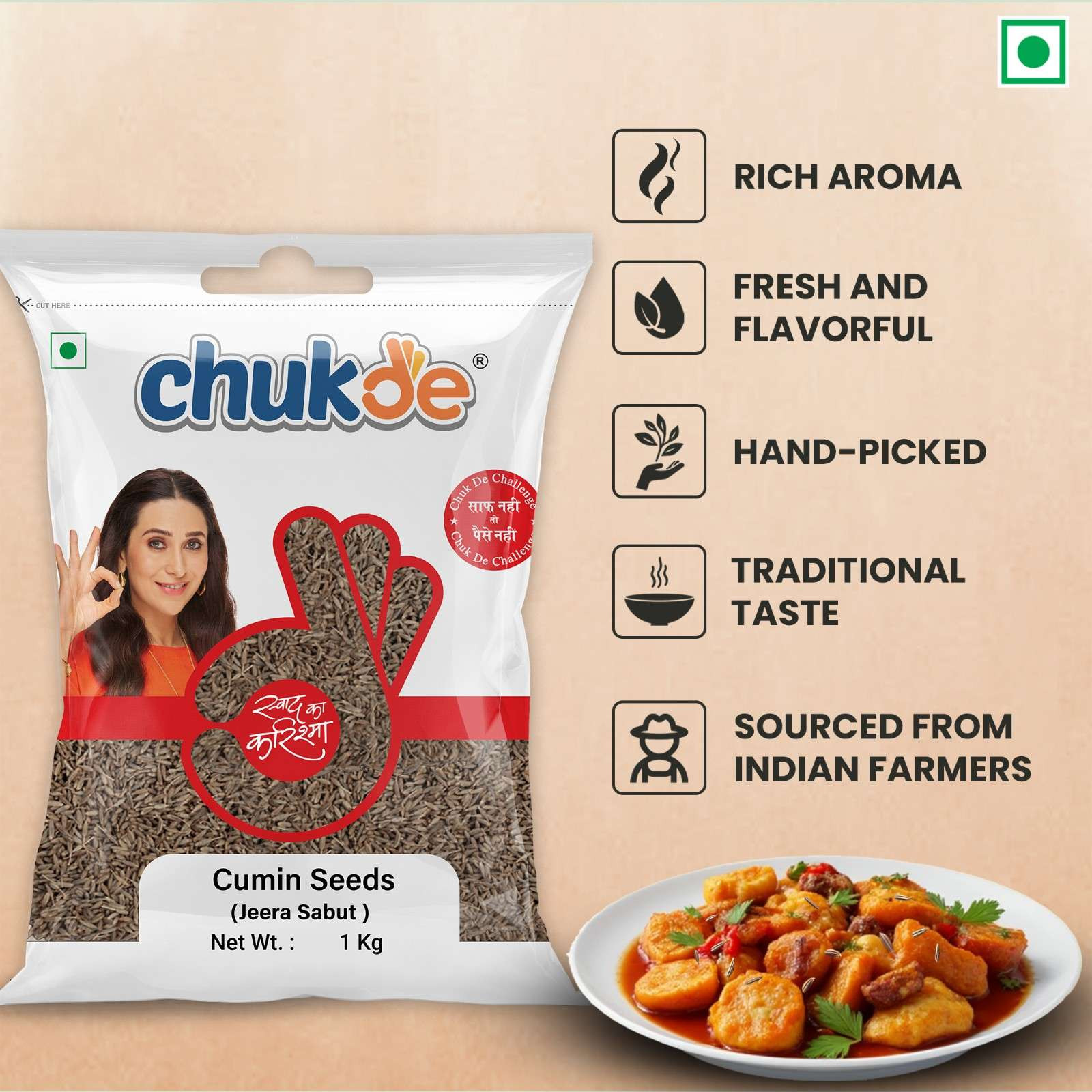
- Flavor: Earthy, warm, slightly nutty.
- How to Use:
- Whole: Add to hot oil for tempering, especially in dals (lentils), vegetable curries, and rice.
- Ground: Use in spice blends like garam masala, in curries, or with roasted vegetables.
- In Rice: Add to boiling rice along with tej patta and cinnamon for a fragrant touch.
2. Coriander (Dhania)
- Flavor: Citrusy, mildly sweet, and slightly peppery.
- How to Use:
- Whole Seeds: Toast lightly and grind to use in curries, gravies, and soups.
- Ground: Mix with cumin, turmeric, and chili powder for an aromatic curry base.
- Garnish: Fresh coriander leaves are often used as a garnish for soups, salads, and curries.
3. Turmeric (Haldi)
- Flavor: Mildly bitter, earthy, and warm with an added depth of flavor.
- How to Use:
- In Curries: Add at the beginning of cooking to lend both color and flavor to any curry.
- In Rice: Add a pinch to the water while cooking rice for golden, aromatic rice.
- In Marinades: Combine with yogurt for marinating chicken or paneer, especially for tandoori-style dishes.
Related article: 5 Health Benefits Of Turmeric That You Didn't Know About
4. Garam Masala
- Flavor: A warm blend of spices like cinnamon, cloves, cardamom, and cumin.
- How to Use:
- Final Touch: Add at the end of cooking to infuse the dish with a rich, aromatic depth.
- In Soups & Curries: Stir into lentil soups, vegetable curries, or meat stews for enhanced flavor.
- In Marinades: Use in marinades for chicken, lamb, or even tofu for grilling or baking.
5. Red Chili Powder (Lal Mirch)
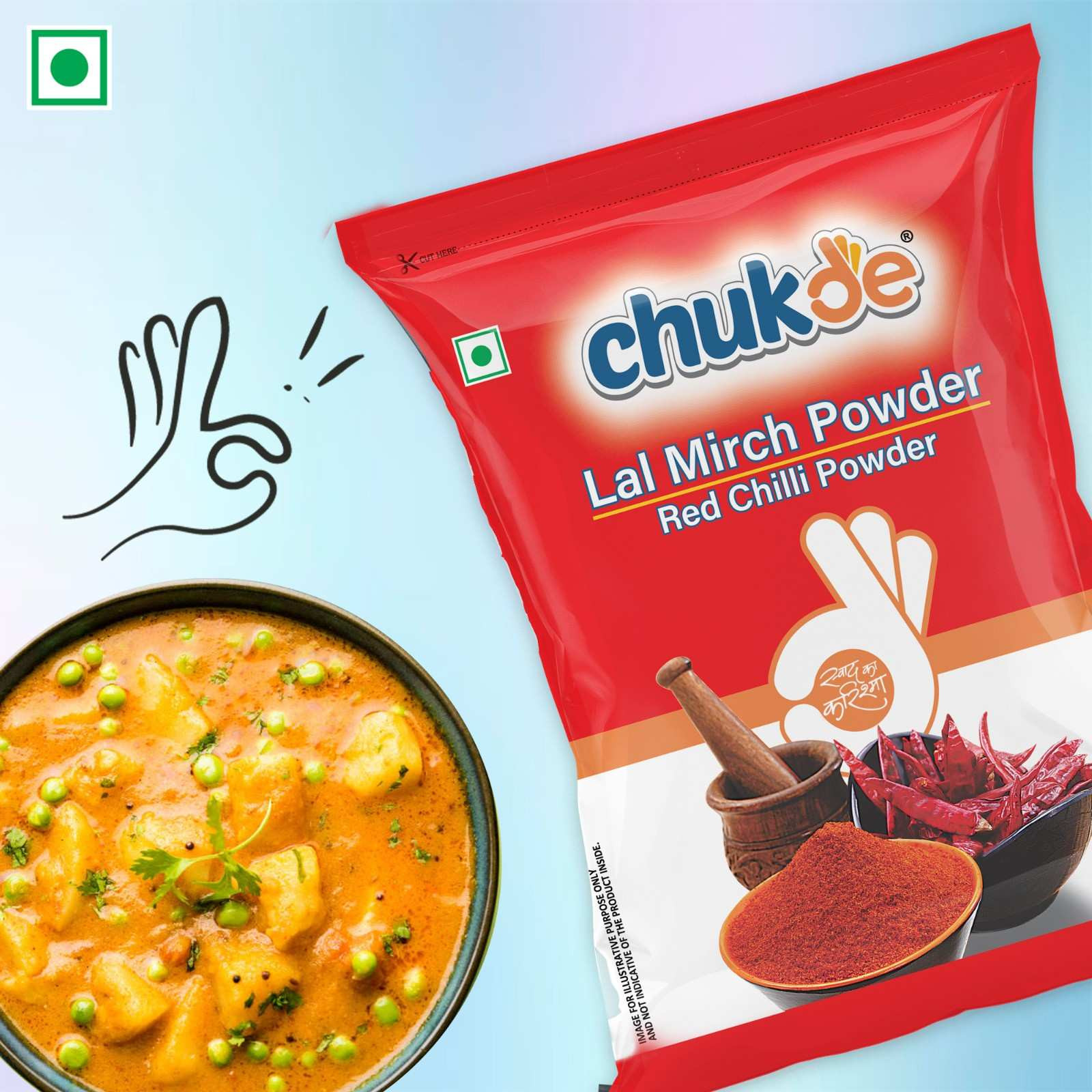
- Flavor: Hot, spicy, and tangy.
- How to Use:
- In Curries: Add red chili powder for heat and color to both vegetarian and non-vegetarian curries.
- In Tandoori Dishes: Blend with yogurt for marinating meats or vegetables for tandoori-style cooking.
- In Spice Blends: Combine with turmeric, cumin, and coriander to create your own masala blend.
6. Mustard Seeds (Rai)
- Flavor: Pungent, slightly bitter, and sharp.
- How to Use:
- Tempering: Add to hot oil at the beginning of cooking to release their essential oils. Perfect for dals, chutneys, and vegetable dishes.
- In Pickles: Mustard seeds are a key ingredient in pickling spices.
- In Rice: Toast lightly and add to your rice for a crunchy, spicy flavor.
7. Cardamom (Elaichi)
- Flavor: Sweet, floral, and citrusy.
- How to Use:
- In Sweets: Add to desserts like kheer, gulab jamun, and rice pudding for a fragrant sweetness.
- In Tea: Add whole pods to masala chai or other spiced teas for an aromatic touch.
- In Curries: Use ground or whole cardamom in rich, creamy curries for an extra layer of flavor.
8. Cloves (Laung)
- Flavor: Warm, sweet, and slightly bitter.
- How to Use:
- In Rice: Add whole cloves to rice, biryani, or pilaf for an aromatic flavor.
- In Stews: Use in spice blends for stews, curries, and sauces.
- In Tempering: Include tempering for a warm, fragrant base in dals or curries.
9. Fenugreek (Methi)
- Flavor: Bitter, earthy, and slightly nutty.
- How to Use:
- In Curry Bases: Use fenugreek seeds or leaves in curry bases for a unique flavor, particularly in Punjabi and South Indian dishes.
- In Pickles: Fenugreek is a staple in Indian pickles, offering a slightly bitter, savory taste.
- In Dosas & Parathas: Add fenugreek leaves (methi) to dough for a flavorful addition.
10. Asafoetida (Hing)
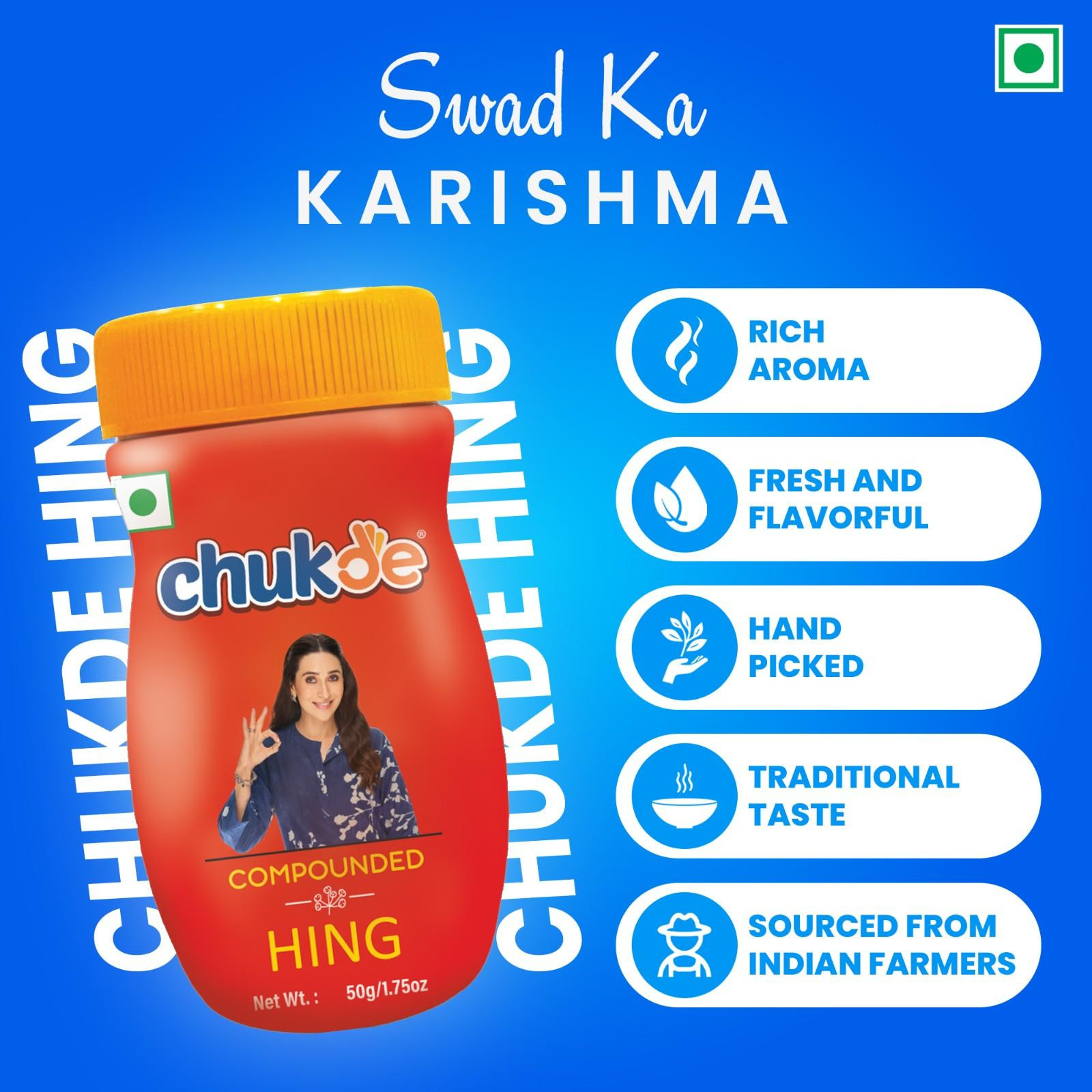
- Flavor: Pungent, garlic-onion flavor when cooked.
- How to Use:
- In Tempering: A tiny pinch is added to hot oil to impart a garlic-onion-like flavor to vegetarian dishes, especially dals and vegetable curries.
- In Lentils: Adds flavor to dals and is great for digestion.
- In Parathas: Sprinkle in dough for extra flavor in Indian flatbreads.
Related article: Top 5 Asafoetida/Hing Benefits with Uses & Side-effects
FAQs
1. What are 7 spices used for?
These seven spices — cumin, coriander, turmeric, cardamom, cloves, mustard seeds, and fenugreek — are used to create complex flavor profiles in Indian dishes. They bring earthiness, heat, sweetness, and aroma to the food.
2. How much spice should I use?
Spice usage depends on the dish, but a good rule of thumb is to start small and taste as you go. Typically, ground spices are added in small quantities (1/2 to 1 tsp), and whole spices are used in moderation (a few seeds or pods).
3. What spices go with what food?
- Rice: Cinnamon, cardamom, bay leaves, cloves.
- Chicken: Turmeric, red chili powder, coriander, garam masala.
- Lentils (Dal): Cumin, turmeric, coriander, mustard seeds.
- Vegetables: Cumin, mustard seeds, curry leaves, turmeric.
4. How to use spices in cooking rice?
- To infuse flavor, add whole spices like cinnamon sticks, cardamom pods, cloves, and bay leaves to the pot while cooking rice.
- You can also sauté the spices in ghee or oil before adding the rice and water for added flavor.
5. How to use spices in cooking chicken?
- For marinades, use a combination of turmeric, red chili powder, coriander, cumin, ginger, garlic, and yogurt to tenderize and flavor the chicken.
- Cook with ground spices like garam masala or tandoori masala for an aromatic depth of flavor.
6. How to store spices to keep flavor longer?
- Keep spices in airtight containers, away from light and heat. Glass jars are a good option.
- Store them in a cool, dry place. Whole spices stay fresh longer than ground ones, so buy whole spices whenever possible and grind them as needed.
Chukde Spices to Try!
If you want to elevate your cooking, try using some less common but delicious spices:
- Ajwain (Carom Seeds): Great for digestion, adds a sharp, thyme-like flavor to savory dishes.
- Kalonji (Black Cumin): Adds a smoky flavor and works well with rich meat curries.
- Amchur (Dry Mango Powder): Gives a tangy flavor, perfect for chutneys, salads, and dry rubs.
- Hing (Asafoetida): A pungent spice that adds depth and is a great alternative for garlic or onion in vegetarian dishes.
Spices are the soul of Indian cooking, and with a little practice, you can master their use. Don’t be afraid to experiment, taste, and adjust. Happy cooking!
Disclaimer: This content is for informational purposes only. Before adding any changes to your diet or health routine, it’s always best to check with your doctor.Related articles
Checkout in
& get 2% OFF

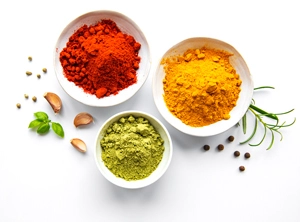

 Cart
Cart
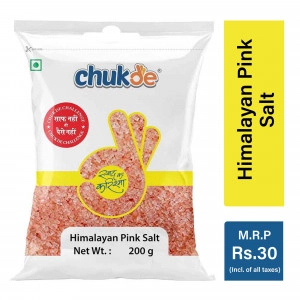
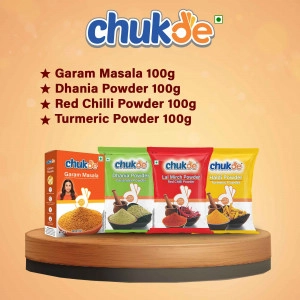

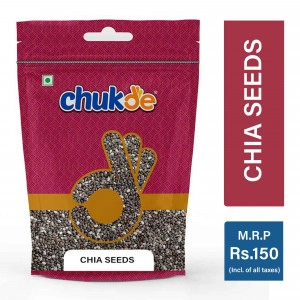
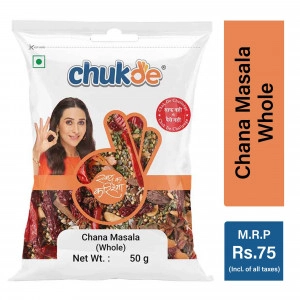
 <% cart_fragment.free_shipping_message %>free shipping
<% cart_fragment.free_shipping_message %>free shipping





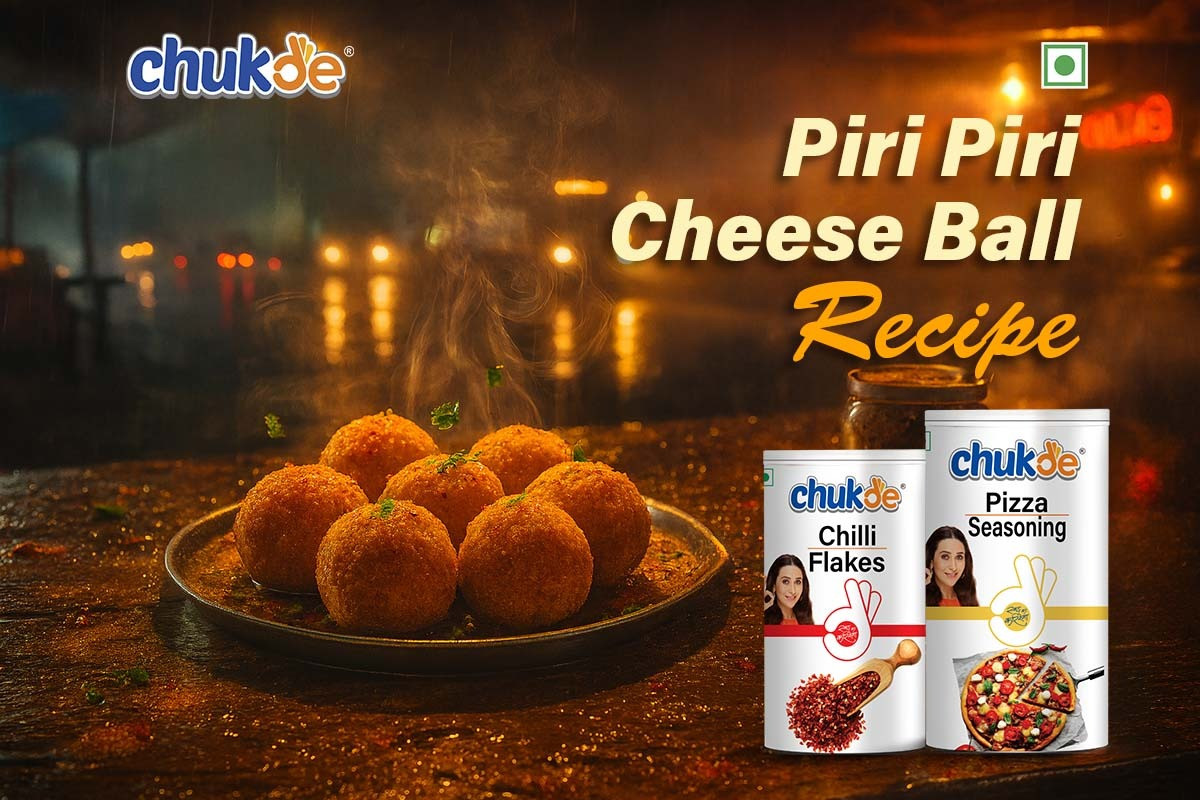
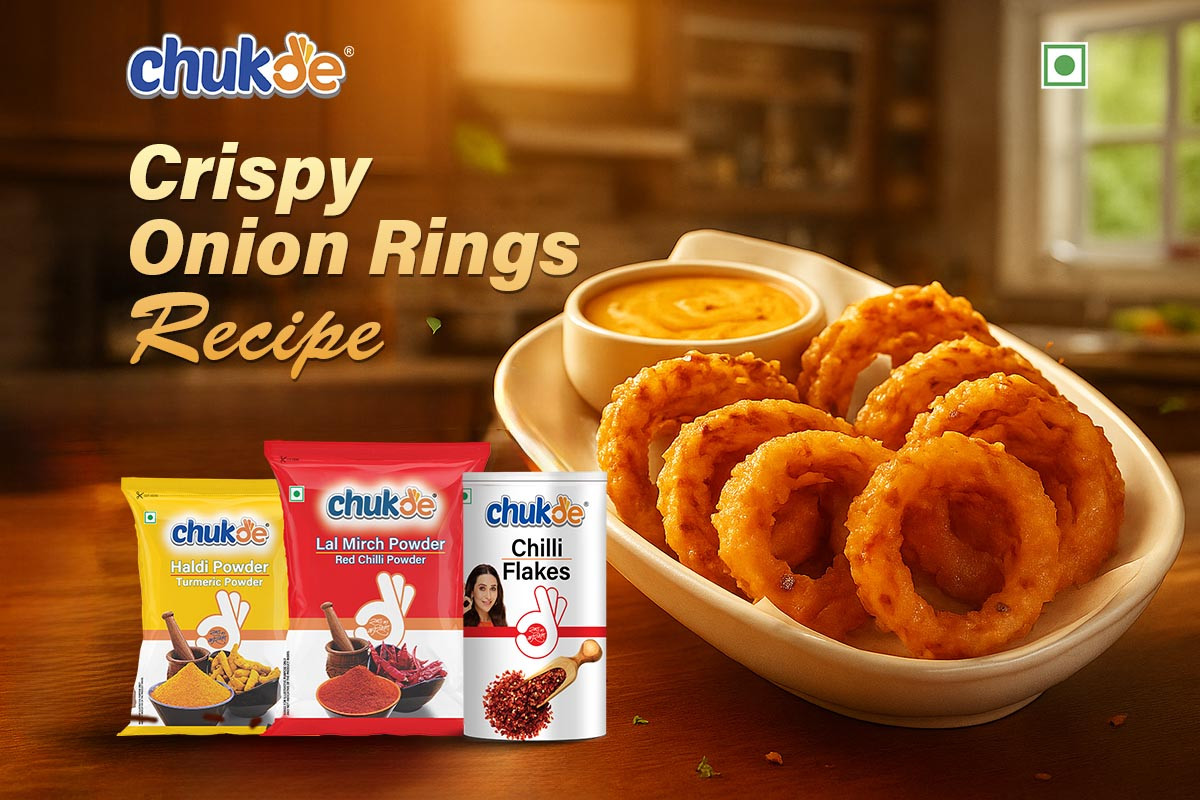
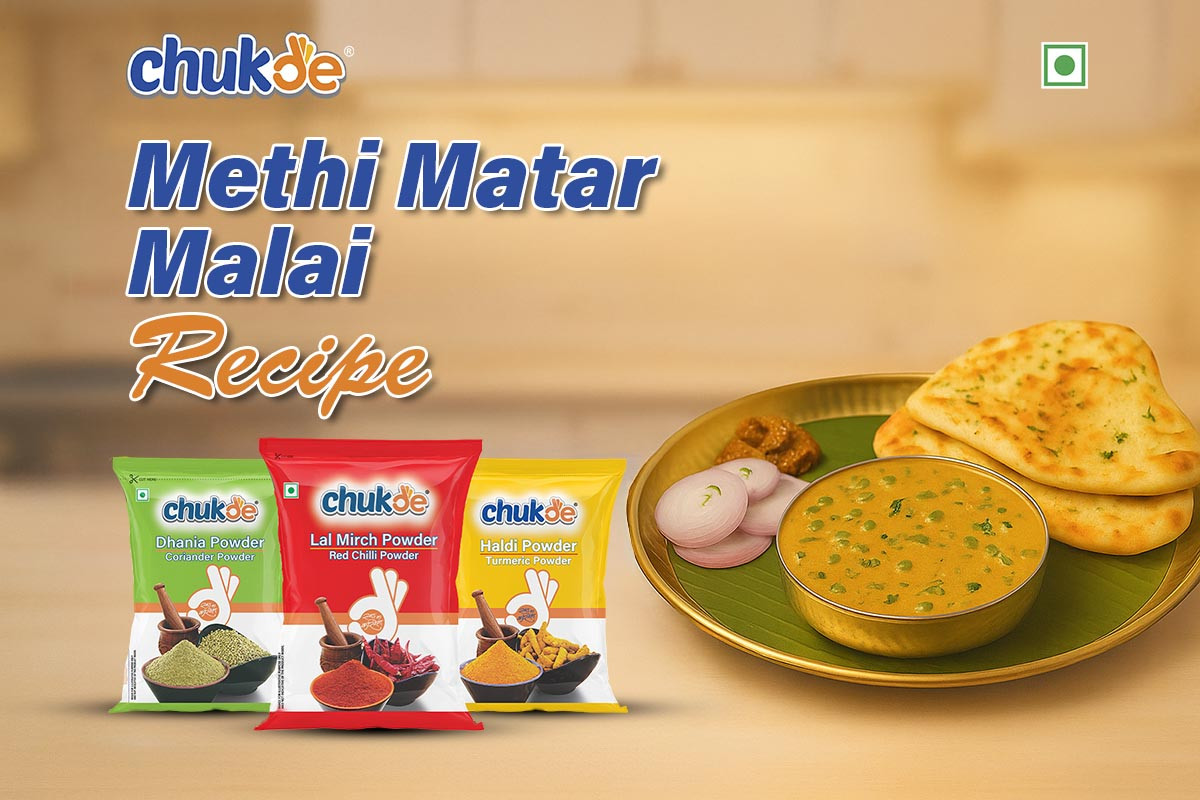
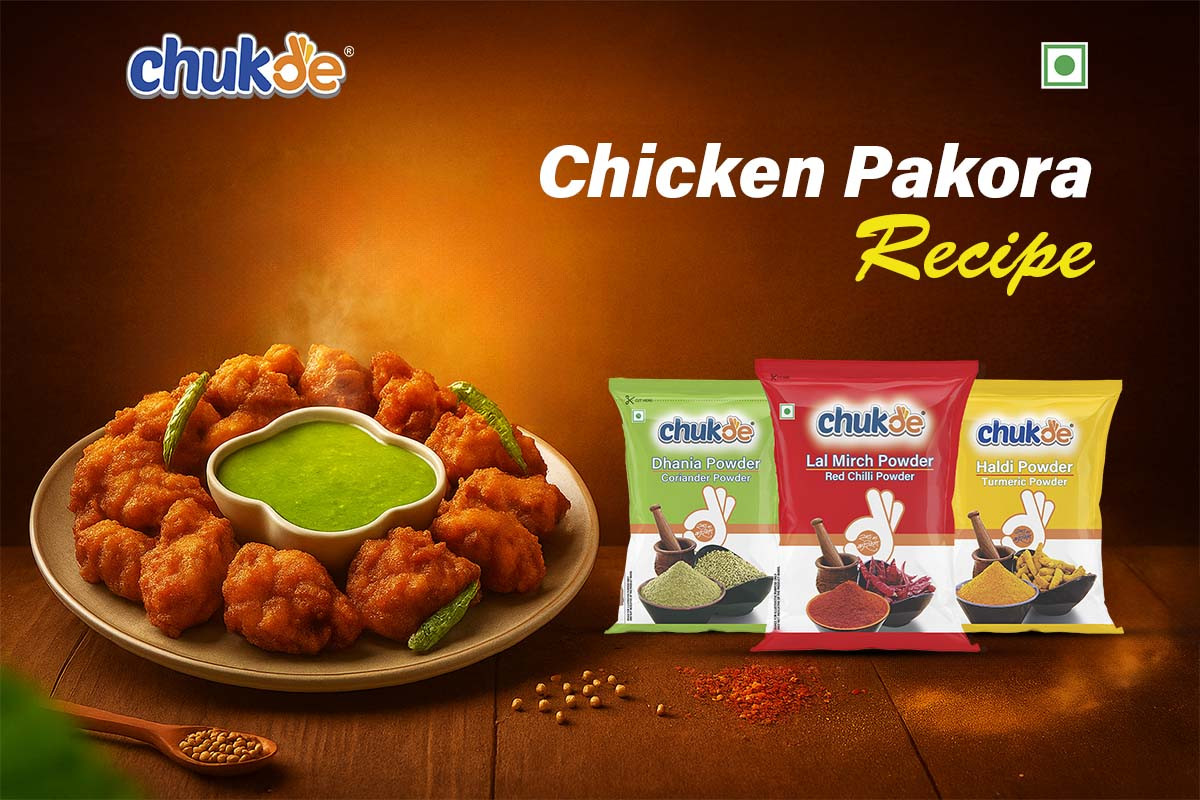
 TBS points:
TBS points: 


 100% safe
checkout
100% safe
checkout




